Nothing – Liza Kin
Posted in Motto Berlin store on January 2nd, 2024Tags: Exhibition, Liza Kin, motto berlin, Nothing
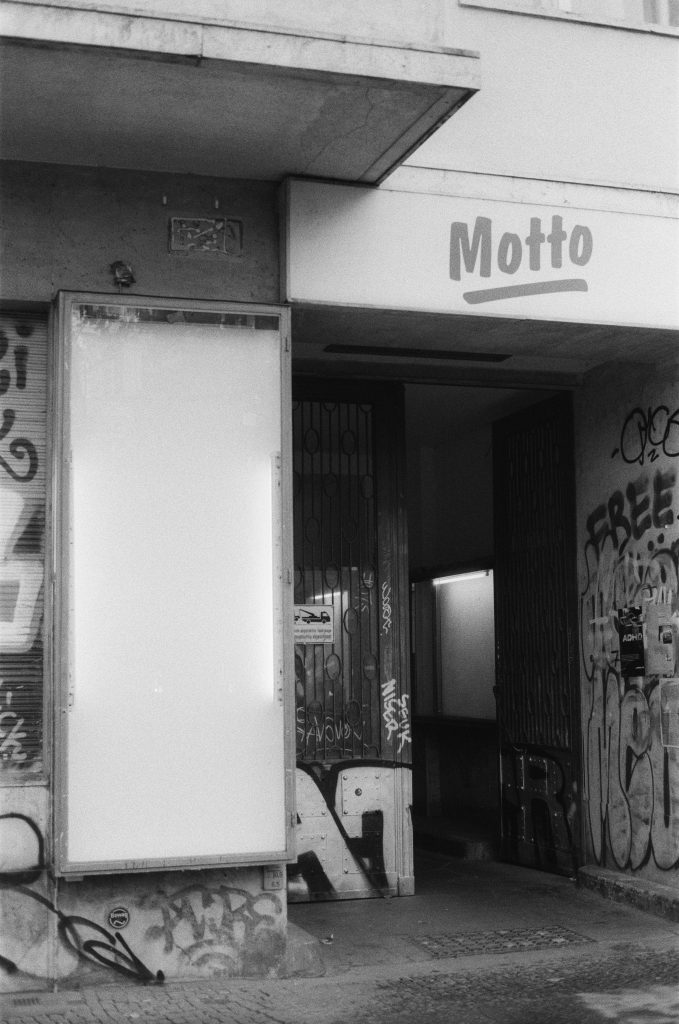
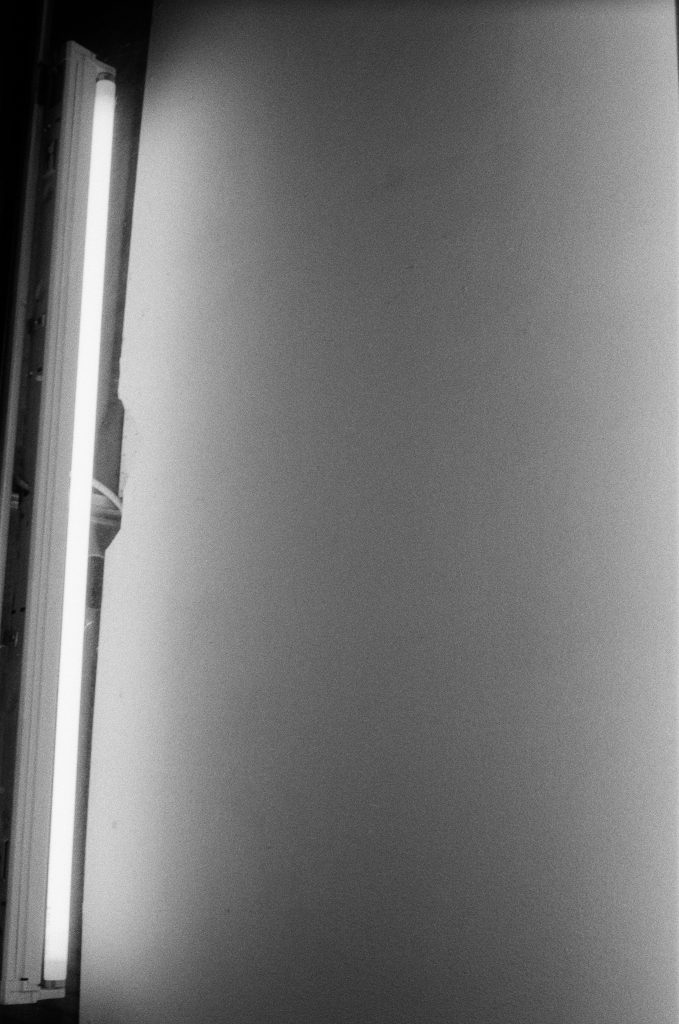
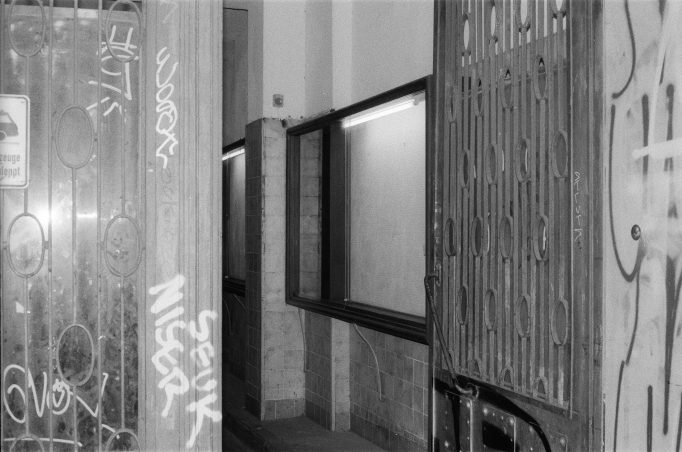
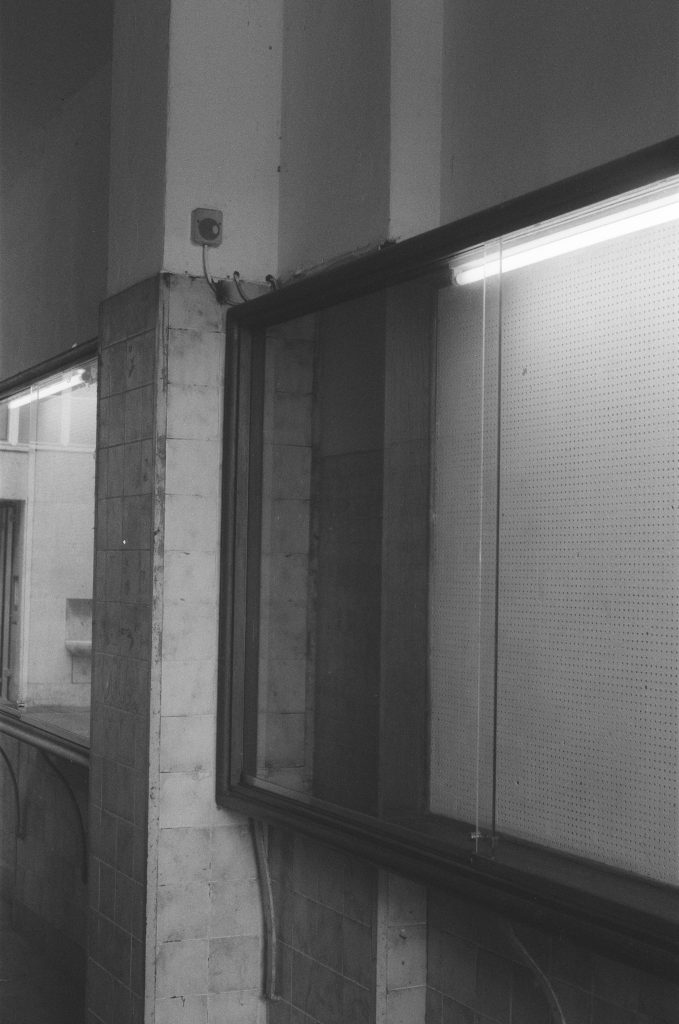
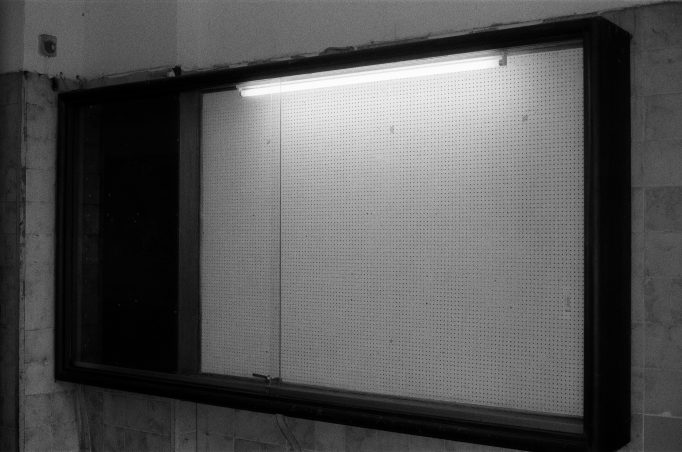

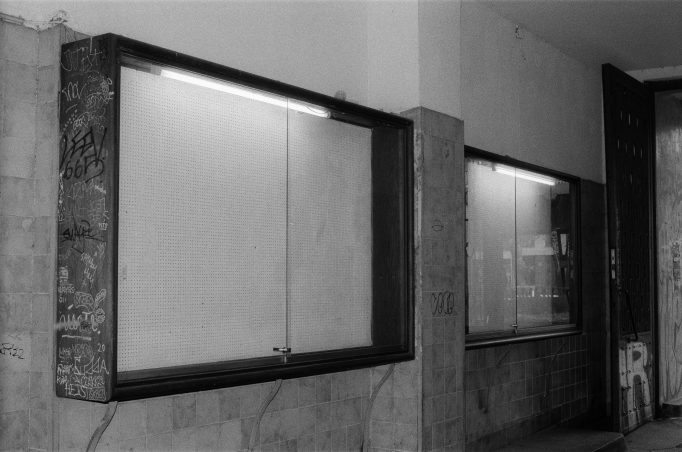
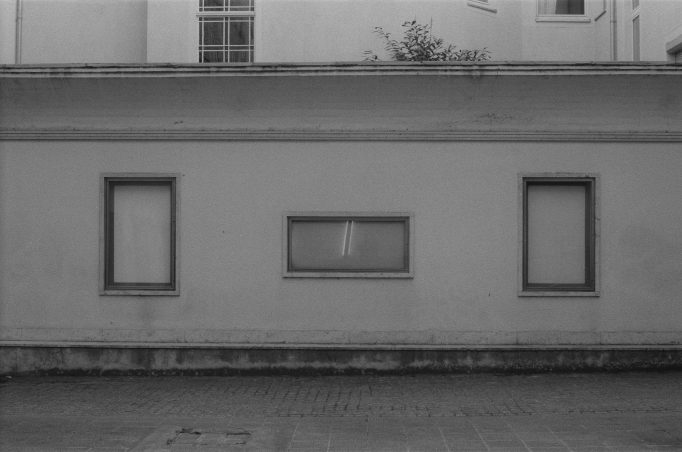
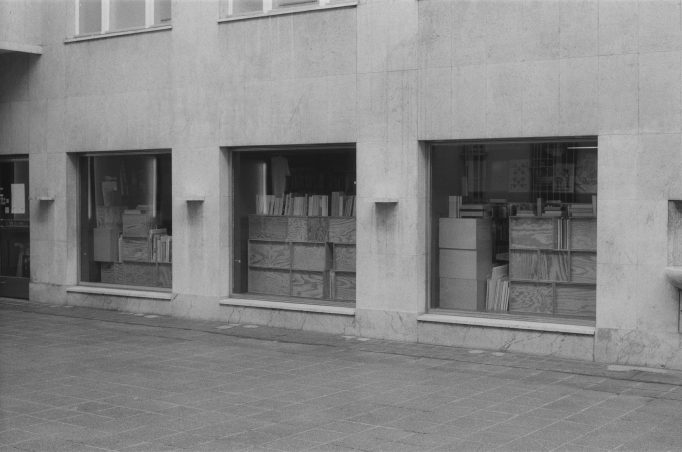

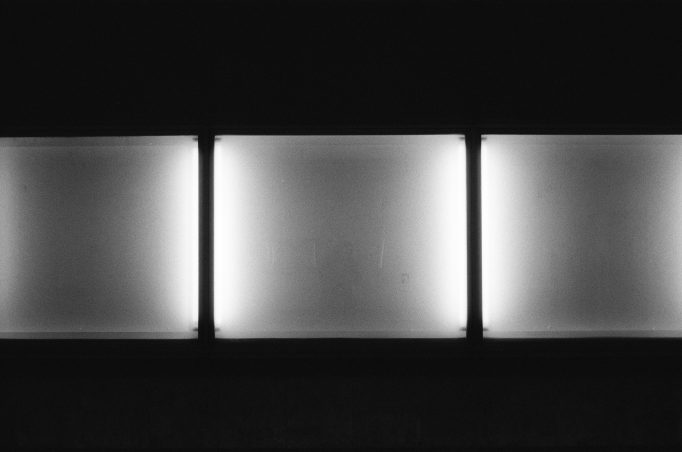
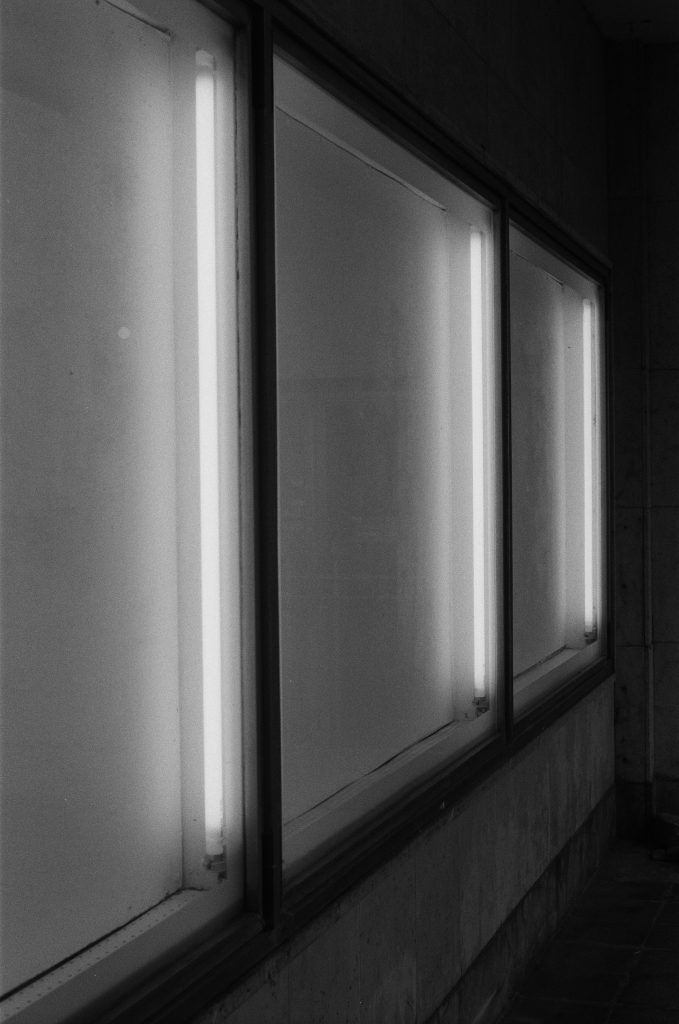
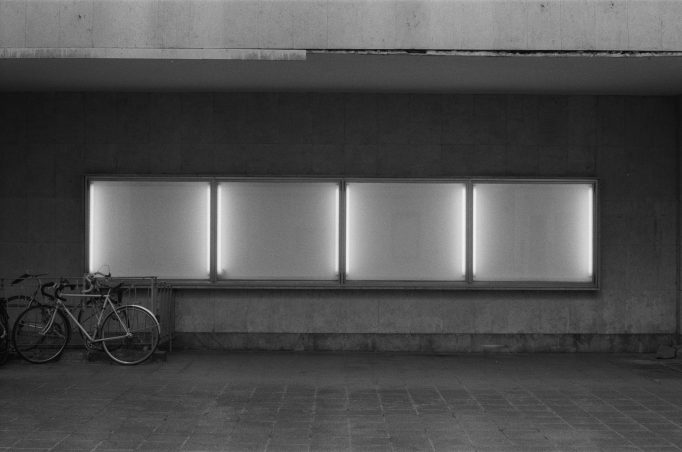
Nothing
Liza Kin
10.10.2023 – 30.04.2024
Motto Berlin













Nothing
Liza Kin
10.10.2023 – 30.04.2024
Motto Berlin
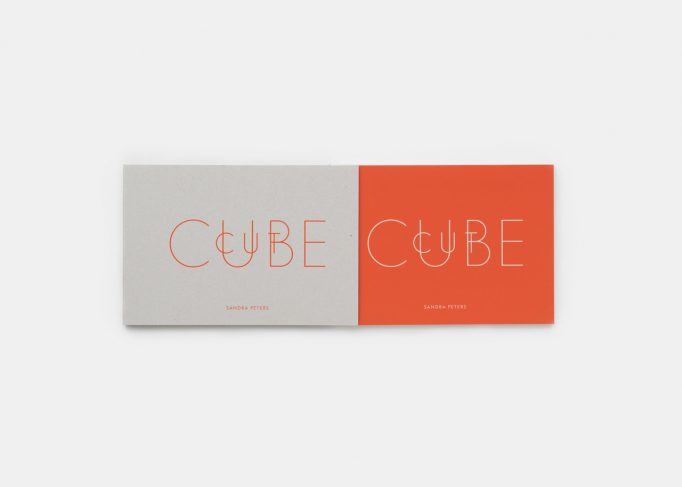
Dear Friends,
please join us on August 2, 2023 at 7:00pm at Motto Books, Berlin for a conversation with Sandra Peters and Adam Feldmeth to present Peters’ new book Cut Cube.
The book Cut Cube, (2022) results from Sandra Peters’ interest in the graphic interplay between two- and three-dimensional structures. The 11 possible ways to unfold a cube are laid out on white paper, whereas the seven cuts that make it possible to unfold a cube are printed on transparent paper and related to each of the six sides of each flattened cube. Turning pages generates a flow of information to make the viewer aware of the complex interplay between both types of structures.
The book is published with Motto Books, Berlin/Lausanne. A book signing will follow the discussion.
–
Sandra Peters is an artist, writer, and educator based in Abu Dhabi, UAE. In her work she focuses on architecture and urban space. She is working towards a reciprocal integration of sensual, structural, and conceptual factors.
Peters has widely presented her work in Europe, the US, and the United Arab Emirates, including Performing the City at the NYUAD Project Space in Abu Dhabi (2023); Un–folded Cube (landscape mode) at Foyer-LA, Los Angeles (2023); Bilateral, Diagonal, Cubical at the Gallery Aanant & Zoo, Berlin (2012) and participated in the group exhibition Erschaute Bauten. Architektur im Spiegel zeitgenössischer Kunstfotografie at the MAK—Österreichisches Museum für angewandte Kunst/Gegenwartskunst (2011).
She is teaching at New York University Abu Dhabi since 2014 in the Art and Art History Program, where she is Co-program head since 2021.
Adam Feldmeth lives in Los Angeles and Berlin. His work engages the social elasticity of art through situational discourse with those involved in its materialization. Critical contributions have been included at the Luminary Projects, St. Louis, Missouri; Contemporary Art Daily; the MAK Center, Los Angeles; Kunstbibliothek Sitterwerk, St. Gallen, Switzerland; Overgaden Institute for Contemporary Art, Copenhagen; the Guggenheim Gallery at Chapman University; and the 53rd Venice Biennale of Art. In 2008, he co-authored, “Nomad Post School,” with Guan Rong and in 2020 “Some Pedagogies of the Southland Institute” with Joe Potts
He is co-director of the Southland Institute in Los Angeles, teaches Film/Media studies at Polytechnic School in Pasadena, California, and is a doctoral student at the European Graduate School where he is considering the cobblestone as a mediator of momentum at the confluence of urban space and cinematic montage.
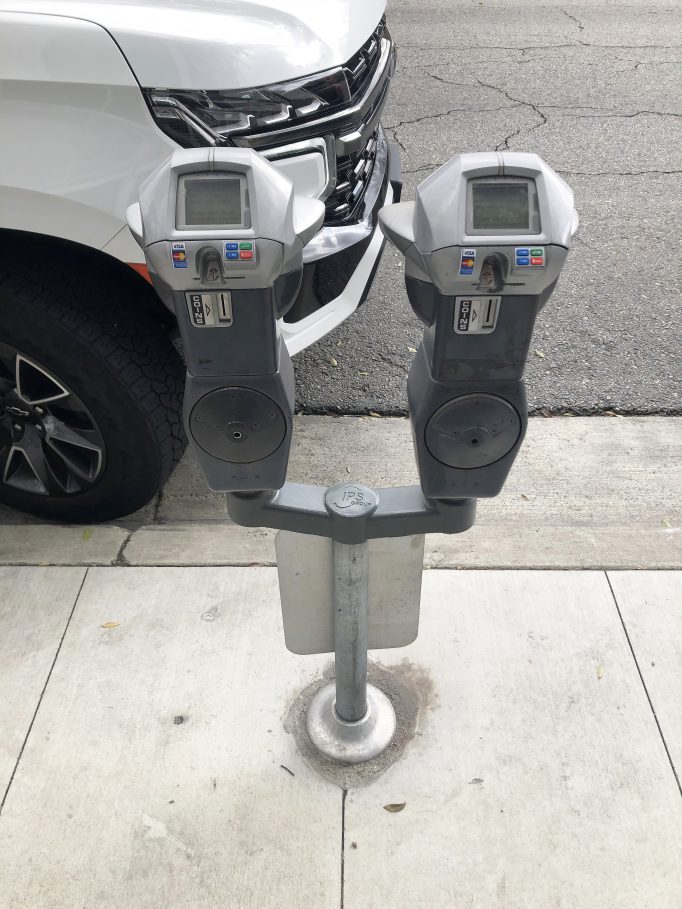
Dear Friends,
We are excited to invite you to the opening of Park 2 INN on Saturday, July 1st from 7PM, a duo exhibition by Louise Verstraete and Rebecca Quix in the presence of Nissan Sunny 1.4LX and a sound installation by Lukas Katzer.
It has been a while since we have seen each other. How are you doing? I’m sorry to call you so early. Holiday schedules. MidDay sMiles. Days go by so fast. I was eating these curly fries and was thinking of you today. Lunch hour at the fuel station. The connection got lost. My tires were losing pressure. Are you here already? Here is still there. Soon there.
The exhibition will be on view from July 1, Monday to Saturday 12 to 8 PM until July 31, 2023. This exhibition has been made possible with the support of Flanders State of the Art.
–
Louise Verstraete is a multidisciplinary artist working with the medium of textile and the performative power that the medium carries within. Her projects show an interplay between photography, textiles, scenography and performative interventions. Louise holds an MFA in Textile Design from LUCA School of Arts, Belgium and currently lives and works in Berlin, Germany.
Rebecca Quix (BE) currently lives and works in Brussels. She holds an MFA from LUCA School of Arts, Brussels (2022) and studied at the School of Visual Arts, New York (2021).
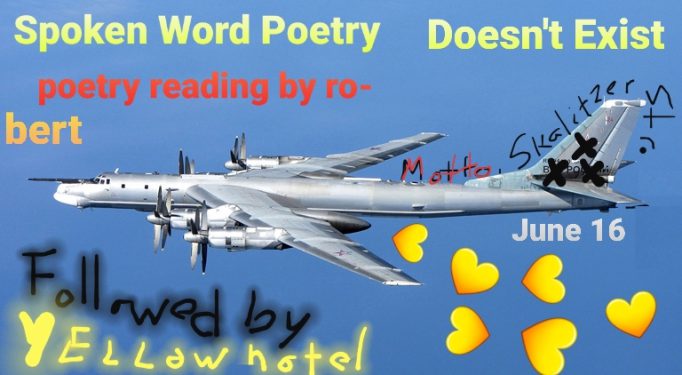
Dear friends,
We’re pleased to welcome you to an enchanting evening filled with poetry and music at our courtyard, this coming Friday, June 16th, from 18:30 onwards.
We’ll begin the evening with the remarkable Robert Stastny, a Berlin-inspired artist, who’ll read out pieces from his acclaimed Portraits. He’ll also give us an exclusive glimpse into his latest works. Following Robert’s spellbinding readings, we’ll transition into a vibrant musical performance by Yellow Hotel.
Poetry is an adventure, in itself. A voyage to somewhere, where the world of men and women – and anything you want to be – has less of an influence.
Music connects onto poetry naturally, Yellow Hotel is Roy Estel Hughes, recently transplanted from Austin to Berlin, and Robert.
Together we will travel – from poetry, to music, to somewhere else.
So, come join us at Motto for a relaxed evening filled with amusing poetry, music, books, and refreshing drinks. We can’t wait to see you there!
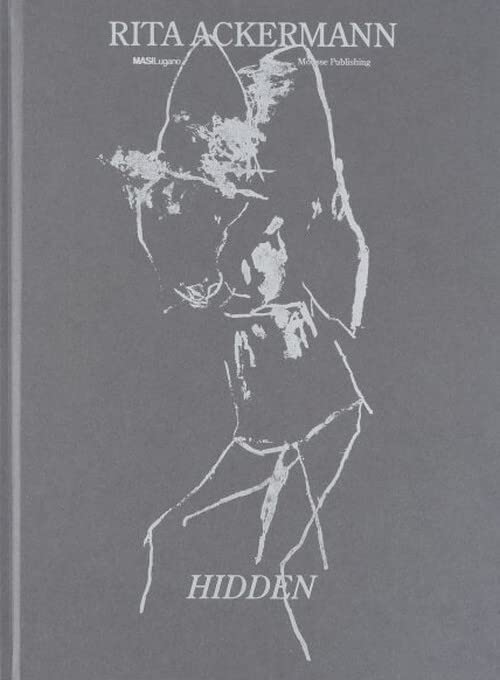
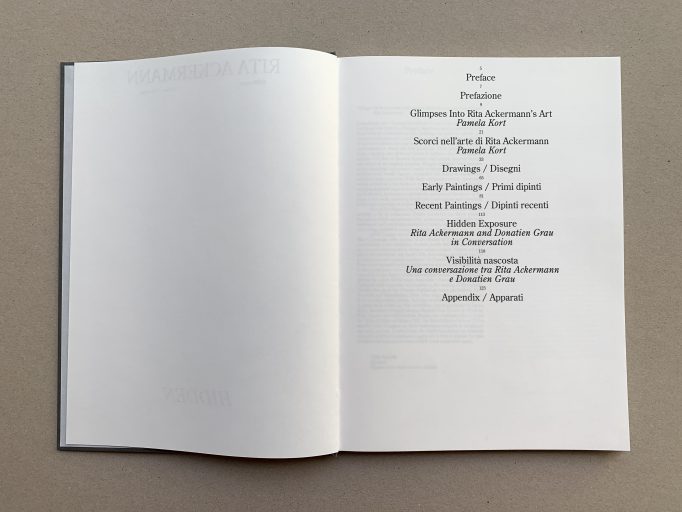
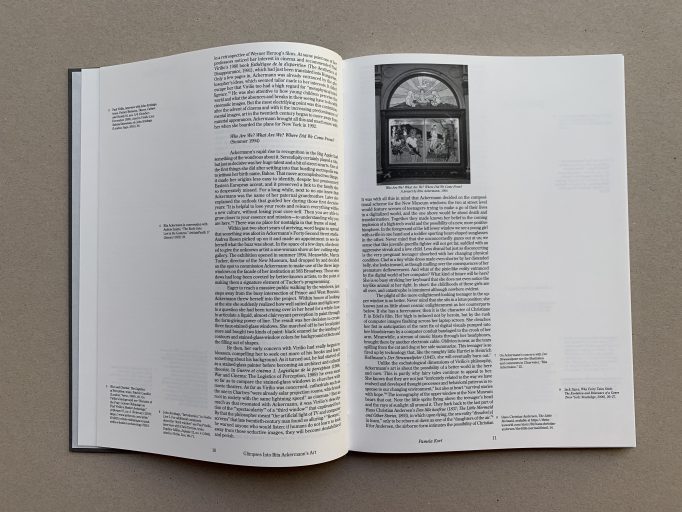
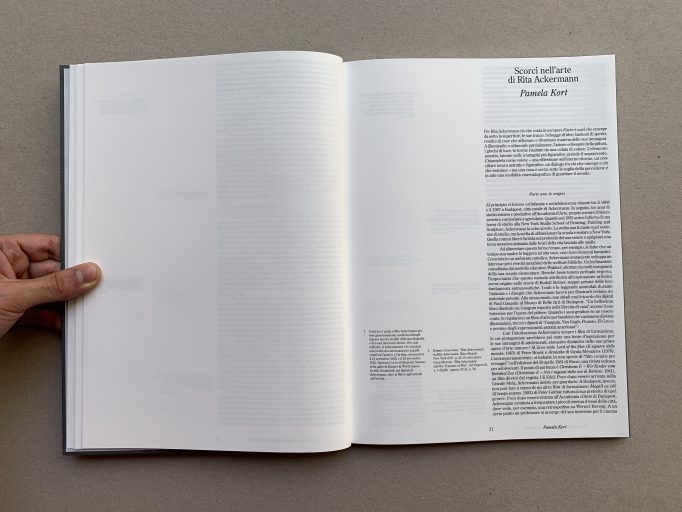
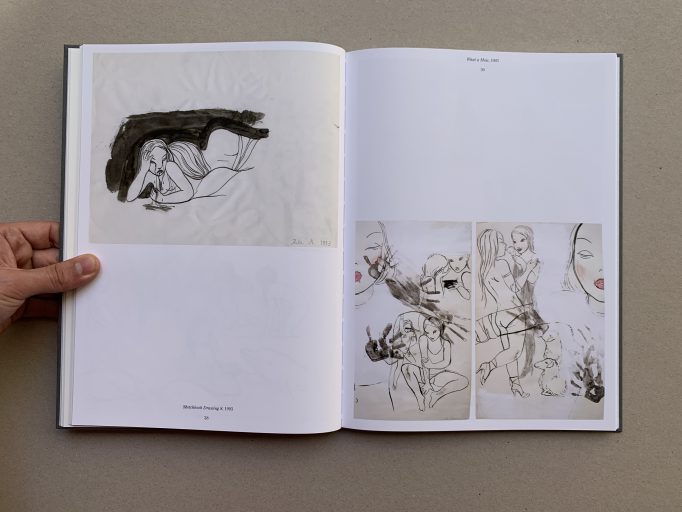
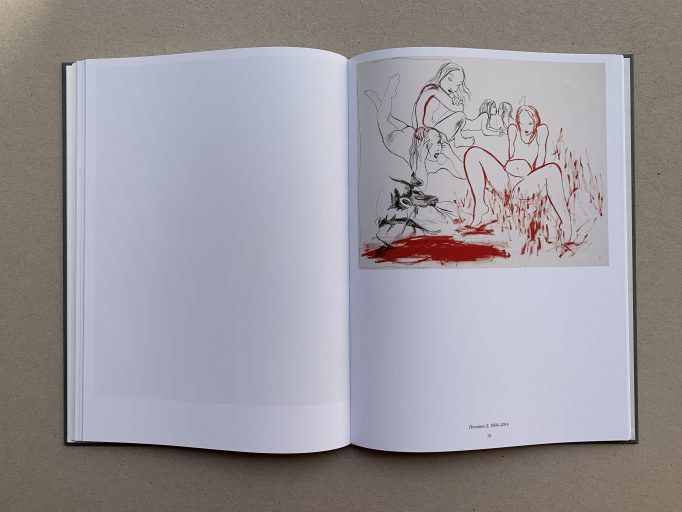
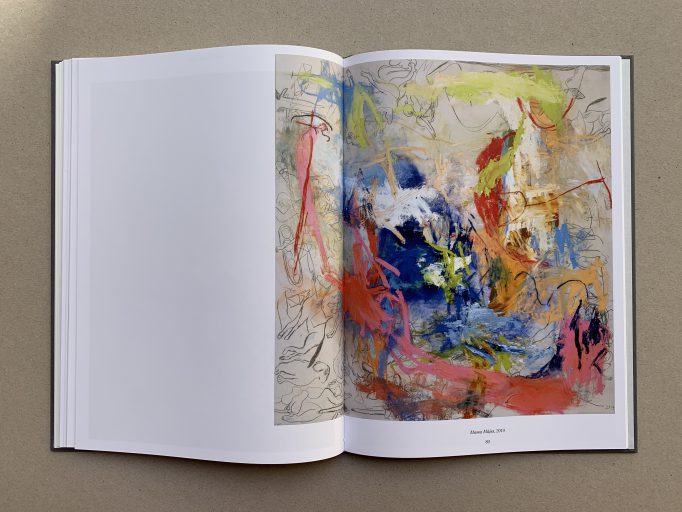
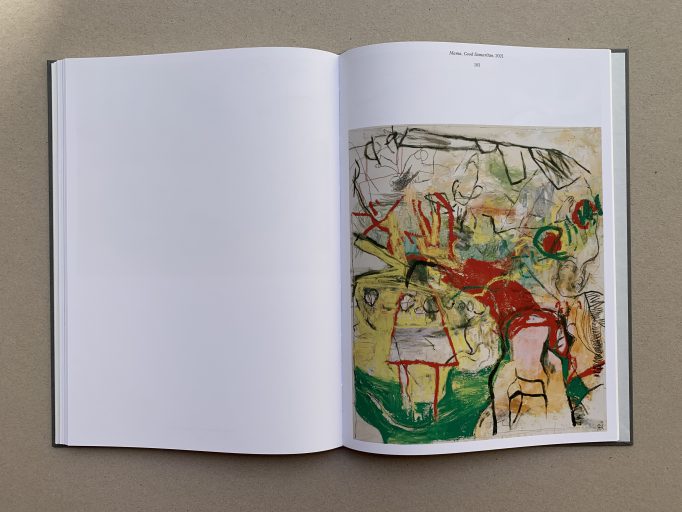
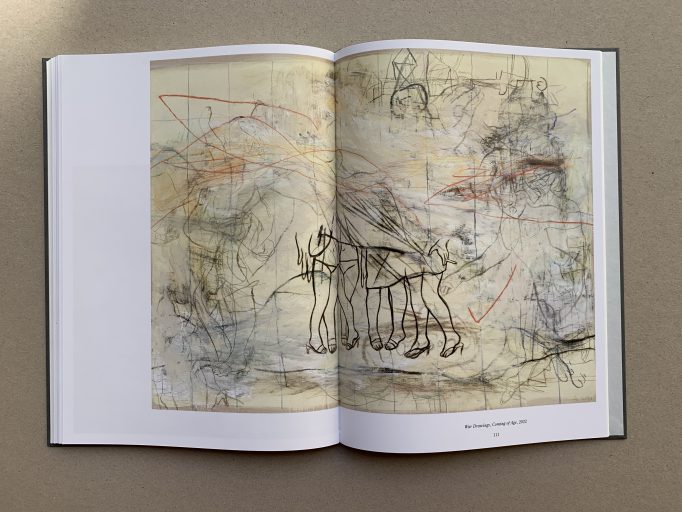
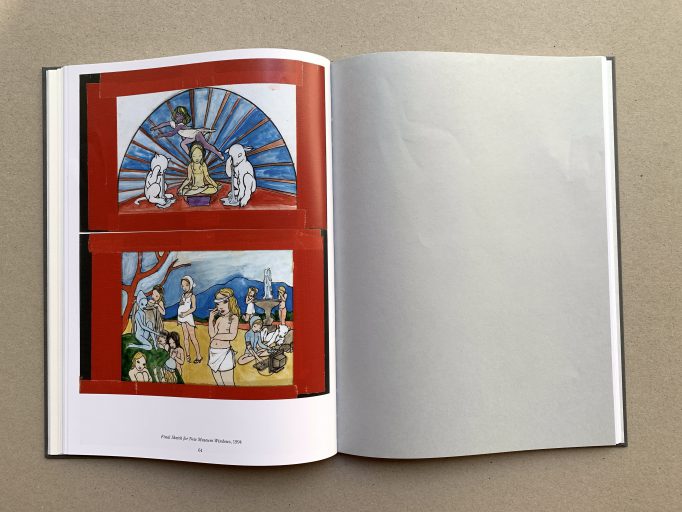
“Things can be freer and reach higher when they conceal themselves.”–Rita Ackermann
Rita Ackermann was born in Budapest in 1968 and today lives and works in New York. Arriving in America from Hungary in the early 1990s, she is immediately faced with a major challenge: to be able to survive in a foreign country as a young artist, she must be able to integrate the aesthetics of her cultural background together with what the new country offers her in her artistic practice. Her first drawings and paintings made between 1993 and 1996 show adolescent female figures multiplied within the composition and engaged in various self-destructive activities, expressed to the public through understandable and direct language. About twenty years later Ackermann abandons the figure and develops the series of works he entitles Mama, a set of compositions in which lines and gestures, figures and motifs rise to the surface of the canvas to then dissolve and reappear elsewhere. On the occasion of the exhibition at MASI Lugano, in 2022 Ackermann begins a new series of paintings entitled War Drawings, where oil, grease pencil and acrylic are heavily worked on rough linen canvas. In these works, the figures get lost and the lines are scraped away to reveal fragmented compositions.
Published on the occasion of the artist’s solo exhibition at the MASI in Lugano, entitled Hidden, this book contains reproductions of all the works in the exhibition and others selected personally by the artist.
Text by Pamela Kort, a conversation between Rita Ackermann and Donatien Grau.
Order here
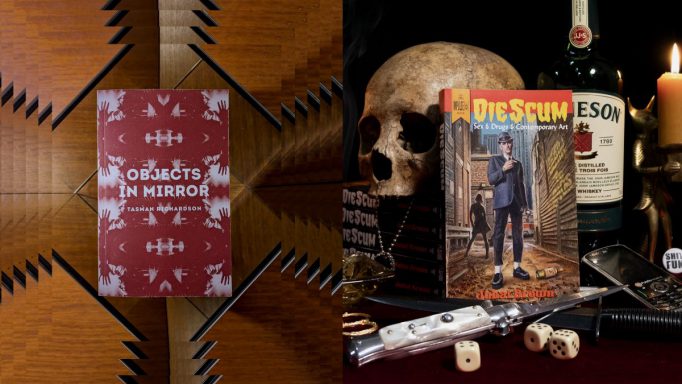
Dear friends,
Motto is pleased to invite you to the film screening and double book presentation of
Objects in Mirror
by Tasman Richardson
Published by Impulse [b], 2023
Tasman Richardson is his memory of screens. Video from cathode ray to capacitive pixels shapes his language, directs his understanding, and ultimately borders his imagination. Building on McLuhan’s statement “We become what we behold”, Richardson shuttles through the history of tele-vision and tele-presence, postulating consciousness itself as Gysin-esque “cut-up” collage. Fragmented, digressive, and occasionally manic, Objects In Mirror refracts autoethnography into a technicolour meditation on our mediated world. An intimate and humourous technical-mystical delving into a distrust of all things perceived both in life and art.
&
DIE SCUM: Sex & Drugs & Contemporary Art
by Jubal Brown
Published by Impulse [b], 2023
DIE SCUM, Sex & Drugs & Contemporary Art is the debut novel by artist and iconoclast Jubal Brown, a post-post-modern love story of the drug dealer to the art scene and his paranoid deluge through alcoholic-depression to redemption and personal agency. A 60,000 word auto-fiction confessional of addiction, to drugs and alcohol but, ultimately an examination of addiction to dysfunctional relationships, unhealthy ideals and behaviours, the performance of identity, and the failure of masculinity.
The reading will be followed by film screenings of Richardson and Brown’s video work.
Tasman Richardson & Jubal Brown have been producing video work, sometimes collaborating, for 25+ years, originating in the 1990s with a unique high energy style of experimental video: A/V, audio-visual, or visual music – also known as JAWA, the recombinant montage of appropriated television&movies treated as raw material, sampled and remixed to build compositions engaging the lexicon of contemporary media culture.
This short program will showcase a selection of video work from the past and present.
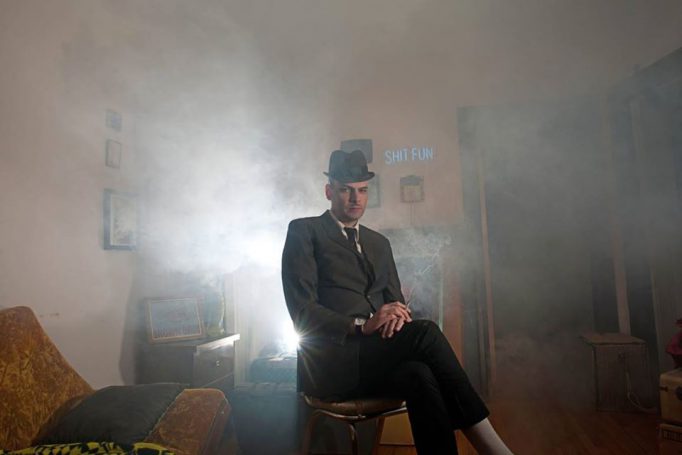
About the authors:
Tasman Richardson
Tasman Richardson began pioneering his audio/visual cut up method known as Jawa in 1996, later co-founding FAMEFAME media arts collective in 2002, co-creating international a/v tournament Videodrome with cohorts Jubal Brown, Elenore Chesnutt, and Josh Avery, and launching abstract, anonymous live showcase The New Flesh in 2011. His critique of mediated gaze through installation debuted with 2,000 square foot Necropolis (Museum of Contemporary Canadian Art, Toronto, 2012) and bookended with Kali Yuga (Arsenal Contemporary, Montreal, 2019, and Toronto, 2021). Objects In Mirror (2023, Impulse[b]) is his first book, and continues his critical response to recordings which he dubs “contemporary necromancy.”
Jubal Brown
Jubal Brown is a producer and presenter of contemporary art & events culture, and writer based in Toronto, Canada. A/V video-maker of over 50 short works screened or performed in Toronto, New York, Paris, London, etc. Brown has programmed with established institutions and underground venues including ART SYSTEM, GALLERY DEATH FAMEFAME, PLEASUREDOME, Museum of Contemporary Canadian Art (Now MOCA ) DOUBLE DOUBLE LAND, CINECYCLE , and many more. Past projects include Toronto’s legendary event series at abandoned industrial sites WASTELAND… museum vomit intervention RESPONDING to ART, The Cultural Centre ART SYSTEM, multi-media label FAMEFAME, relational aesthetics collaborative The LAND of the LOST, the Museum of Contemporary Canadian Art’s live audio/visual event series VIDEODROME and the rhythmic noise club night SHIT FUN. In Canadian Art Magazine R.M. Vaughan called him “the dark prince of Toronto art.” Vocationally a Social Service Worker and Addictions Counsellor Brown’s current work deals with addiction, dysfunctional relationships, depression and mental health issues, as well as an extreme individualist canon of iconoclasm, revolution, and nihilism, love and anger, resistance and freedom. His first novel DIE SCUM Sex & Drugs & Contemporary Art is available in paperback and e-book at IMPULSE-b , publisher of artists’ books and multiples.
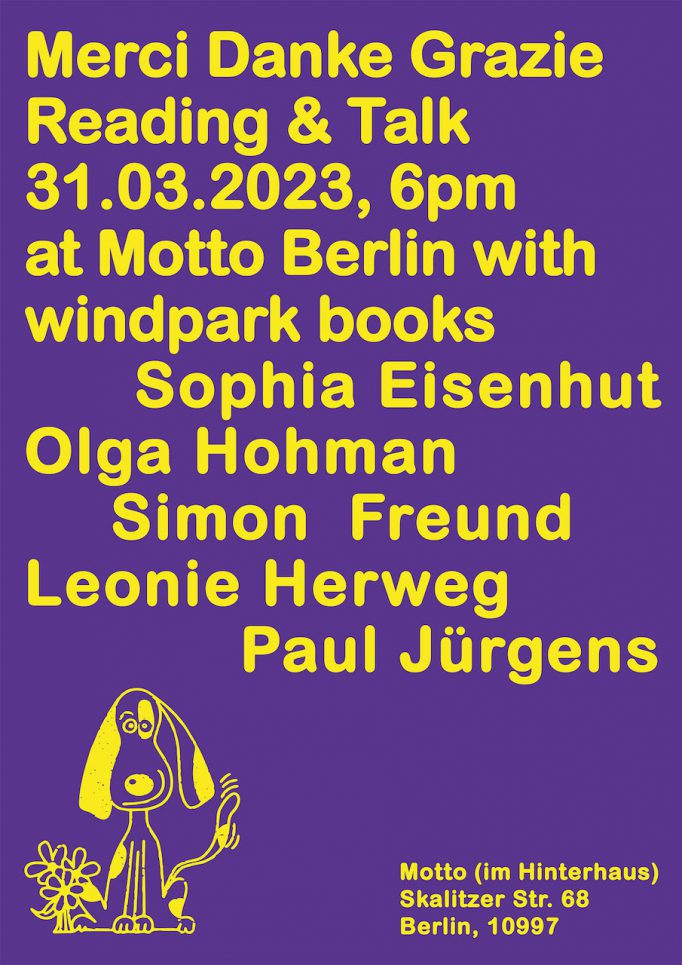
Dear friends,
Motto is pleased to invite you to the book presentation of
Merci Danke Grazie
by Sophia Eisenhut, Olga Hohmann, Simon Freund, Leonie Herweg, Paul Jürgens
Published by windpark books, 2022
Reading & talk with the authors and designers
Friday 31 March 2023
from 6 pm
Motto (im Hinterhaus)
Skalitzer Str. 68
10997 Berlin
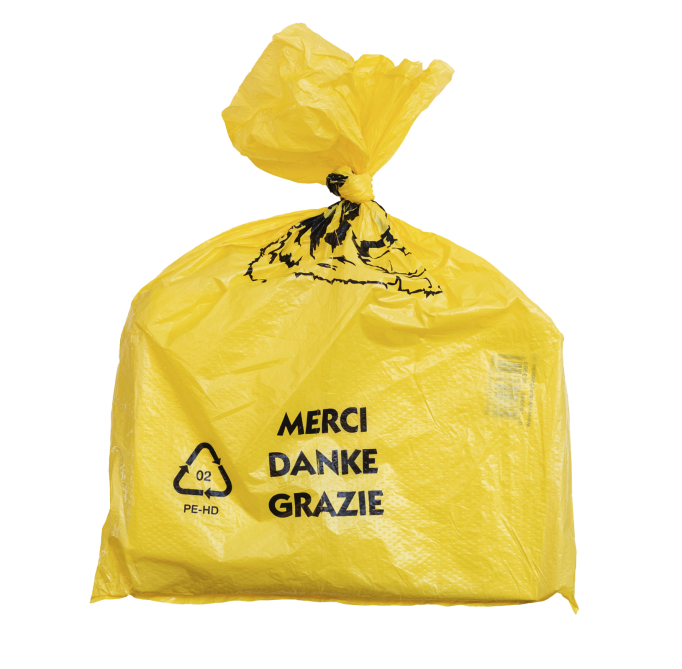
Merci Danke Grazie
Authors: Sophia Eisenhut, Olga Hohmann, Simon Freund, Leonie Herweg, Paul Jürgens
Publisher: windpark books
Year: 2022
Pages: 320
Dimensions: 10.5 x 16 cm
Language: German
ISBN: 978-3-949363-99-3
Order the book here
ca. 100 dog bags collected by Simon Freund, curated by Leonie Herweg, typeset by Paul Jürgens, with texts by Sophia Eisenhut and Olga Hohmann, published by windpark books.
Sophia Eisenhut is an artist and author of theory and prose. In 2021, her volume EXERCITIA S. Catarinae de Manresa: Anorexia and the State of God was published by Merve Verlag.
Olga Hohmann writes essays, short stories, columns and texts for performances. She lives and works in Berlin.
Simon Freund, lives and works without a permanent residence. Freund’s work is available free of charge to all, especially online at simonfreund.xyz. Freund is supported by several patrons with 1€ per month, no more – no less.
Leonie Herweg studied International Relations in Geneva and Tokyo. She participated in various curatorial projects.
Paul Jürgens is a designer who lives and works in Vienna and Cologne.
Links:
Sophia Eisenhut
Olga Hohmann
Simon Freund
Leonie Herweg
Olga Hohmann
Paul Jürgens
windpark books
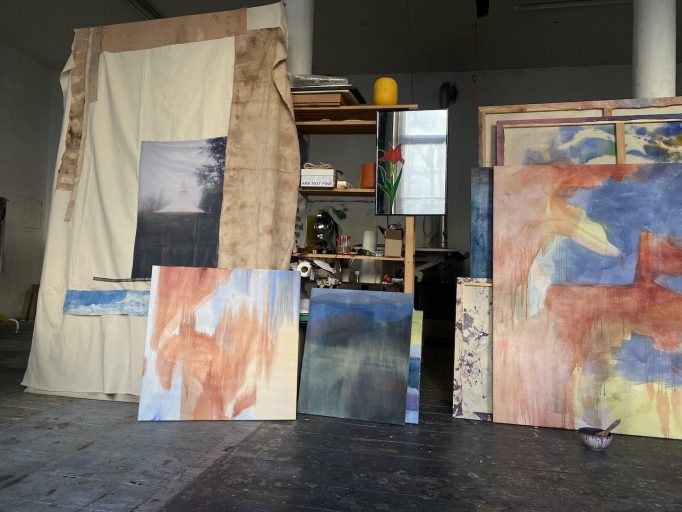
Photo courtesy of Agnė Juodvalkytė
Please join us for the book launch of ANSKA with author Agnė Juodvalkytė and a performance by Tania Elstermeyer.
Friday 17 February 2023
from 6 pm
Motto (im Hinterhaus)
Skalitzer Str. 68
Berlin, 10997
Agnė Juodvalkytė (b. 1987, Vilnius, Lithuania) is a visual artist currently living in Berlin and Vilnius. Her practice is focused on abstract painting and textiles mostly. She received BA in Painting at the Vilnius Academy of Arts (2010) and studied Visual Arts in Spain at the Universidad de Castilla La Mancha (UCLM, Cuenca) (2009). Her recent shows include solo exhibition Tools for the Future (ANSKA) at Galerie Bernau, Bernau bei Berlin (2022); Sweet Dreams Foundation at Nida Art Colony, Nida (2022); ‘Gathering’ at Atletika, Vilnius (2021); ANSKA at Blake & Vargas, Berlin (2021); group show Audra at Pamario gallery, Juodkrantė (2021); Terpė at (AV17) gallery, Vilnius (2020).
Tania Elstermeyers textual compositions bring registers of lyrical writing to mind, which are performed in alliance to a distinctive kind of music beyond established genres. During her performances, sceneries resemblant of theater backdrops are created, ultimately by operating with a vocabulary that is minimalism. Her work slivers traditional outlines of narrator and spectatorship by luring oneself into spaces of intimacy that attract interest and cause discomfort. (Text by Oliver Wellmann)
Links:
Agnė Juodvalkytė
Tania Elstermeyer

Photo courtesy of Philippe Gerlach
ANSKA
Authors: Agnė Juodvalkytė
Publisher:
Year: 2023
Pages: 224
Dimensions: 17 x 24 cm
Language: English
ISBN: 978-3-00-074288-0
Edited by Philippe Gerlach and Agnė Juodvalkytė
Design by Marijn Degenaar
Texts by Brad Feuerhelm, Juri Marian Gross, Marija Repšytė, and Nele Ruckelshausen
Order the book here
Through photographs of the studio process and visual sketches the first publication ANSKA by artist Agnė Juodvalkytė offers an overview of the artist’s studio practice from the past years while creating a sensory world of recollection. The book marks the conclusion of the ANSKA cycle in her work.
“In Agnė Juodvalkytė’s work, the weave that is bound by cloth, ash, dirt, and dye, invokes memory, utility, and hand-infused labor. The stains, folds, and strained fraying edges of her chosen material are also infused, caked, and distressed to provide new readings of production. There is something familiar in her use of textiles. Each fold of fabric is detailed by a weave birthed from the center spiraling out in an obstinate mosaic of emotion wrought from the plunder of self.”
— Brad Feuerhelm

Please join us for the book launch of
Ein Jahrhundert der verletzten Männer / A century of injured men
Bernhard Cella
Published by Album Verlag, 2022
Art&Girls
_
Published by Salon für Kunstbuch, 2022
10 February 2023
from 7pm
Motto Berlin
Skalitzer Str. 68 (im Hinterhaus)
10997 Berlin
Links:
Bernhard Cella
un.titled
art.n.girls
Album Verlag
Salon für Kunstbuch
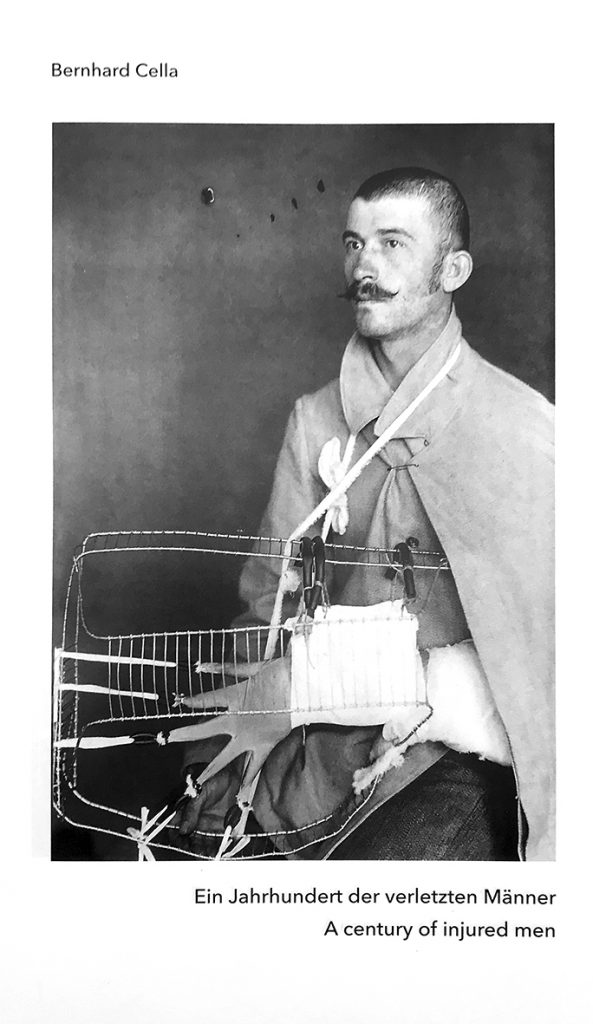
Ein Jahrhundert der verletzten Männer / A century of injured men
Authors: Bernhard Cella
Publisher: Salon für Kunstbuch
Year: 2022
Pages: 152
Dimensions: 12.8 x 20 cm
Language: English / German
ISBN: 978-3-85164-210-0
Order the book here
Bernhard Cella’s sweeping pictorial documentary of convalescent men present us with an iconography of a century of medical progress and, by the same token, with a typology of the mise en scenes of soon-to-be homecoming patients. These staged pictures open up a counter narrative to that of vigorous, unscathed, and invulnerable masculinity. They invariably invoke calamitous moments, sustained injuries, the scars of war as well as the causes and circumstances preceding a fateful event that no camera was there to capture. Their insistence on calm, deceleration, casual gestures, and lightheartedness in the photographer’s presence cannot hide this fact. Or, as Paul Virilio put it, “images are ammunition, cameras are weapons.”
Bernhard Cellas Panoptikum an rekonvaleszenten Männern – quer durch ein Jahrhundert – demonstriert nicht nur eine Ikonografie des medizinischen Fortschritts und die Typologie der mise en scène der bald wieder in den Alltag Zurückkehrenden. Es legt in seiner jeweiligen Inszenierung auch einen Bruch offen, der dem Bild der vitalen, unversehrten und unverletzbaren Männlichkeit zuwiderläuft. Jedes fotografische Abbild trägt in sich unweigerlich auch den Moment des Unfalls, der Verwundung, der Kriegsverletzung, bei dem kein Aufnahmeapparat zugegen war. Die Insistenz auf Ruhe, Entschleunigung, Unbefangenheit und Unbeschwertheit für das Objektiv kann nicht drüber hinwegtäuschen. Oder wie Paul Virilio formulierte: “Bilder sind Munition, Kameras sind Waffen”.
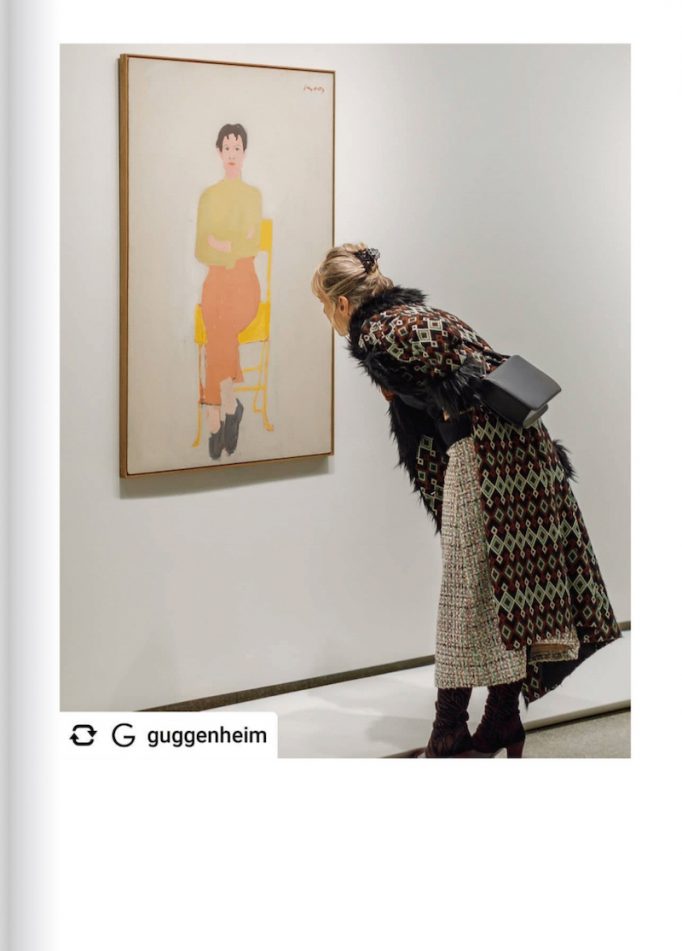
Art&Girls
Authors: _
Publisher: Salon für Kunstbuch
Year: 2023
Pages: 204
Dimensions: 14.8 x 10.5 cm
Language: English / German
ISBN: 978-3-902374-23-3
Text by Valie Djordjević
Translation by Andrea Scrima
Order the book here
We see women looking at art, everything an exhibition has to offer: paintings, sculptures, installations. If we’re women, then one could say they’re women looking at women looking at art. And if the Instagram account “art.n.girls,” which reposts images of women looking at art, is also art, then we have women looking at art in which women are looking at art. The images are gleaned from the Instagram accounts of museums, galleries, art magazines, art blogs, and auction houses. Women looking at art embody a particular image of commodified femininity that shows its bourgeois roots. Thus, they reflect the commodification of an art that’s become a mere investment. Their bearing in these PR photos is receptive, moved, submissive, and might be intended as a stand-in for the artwork’s aura, but ultimately it remains empty and devoid of meaning.
Wir sehen Frauen, die sich Kunst anschauen – alles, was die Ausstellungsorte so hergeben: Gemälde, Skulpturen, Installationen. Wenn wir Frauen sind, dann könnte man sagen, hier schauen Frauen sich Frauen an, die auf Kunst schauen. Und wenn der Instagram Account “art.n.girls,” der Bilder von Frauen repostet, die sich Kunst anschauen, auch Kunst ist, dann schauen Frauen auf Kunst, auf der Frauen Kunst anschauen. Die Bilder stammen aus Instagram Accounts von Museen, Galerien, Kunstzeitschriften, Kunstblogs oder Auktionshäusern. Die Kunst schauenden Frauen verkörpern ein ganz bestimmtes Bild von warenförmiger Weiblichkeit, die ihre bourgeoise Herkunft nicht versteckt. Sie spiegeln damit die Warenförmigkeit einer Kunst, die lediglich Investitionsobjekt ist. Ihre Haltung in diesen PR-Fotos – empfänglich, bewegt und unterwürfig – soll möglicherweise als Surrogat der Aura des Kunstwerks dienen, bleibt aber letztendlich leer und ohne Bedeutung.